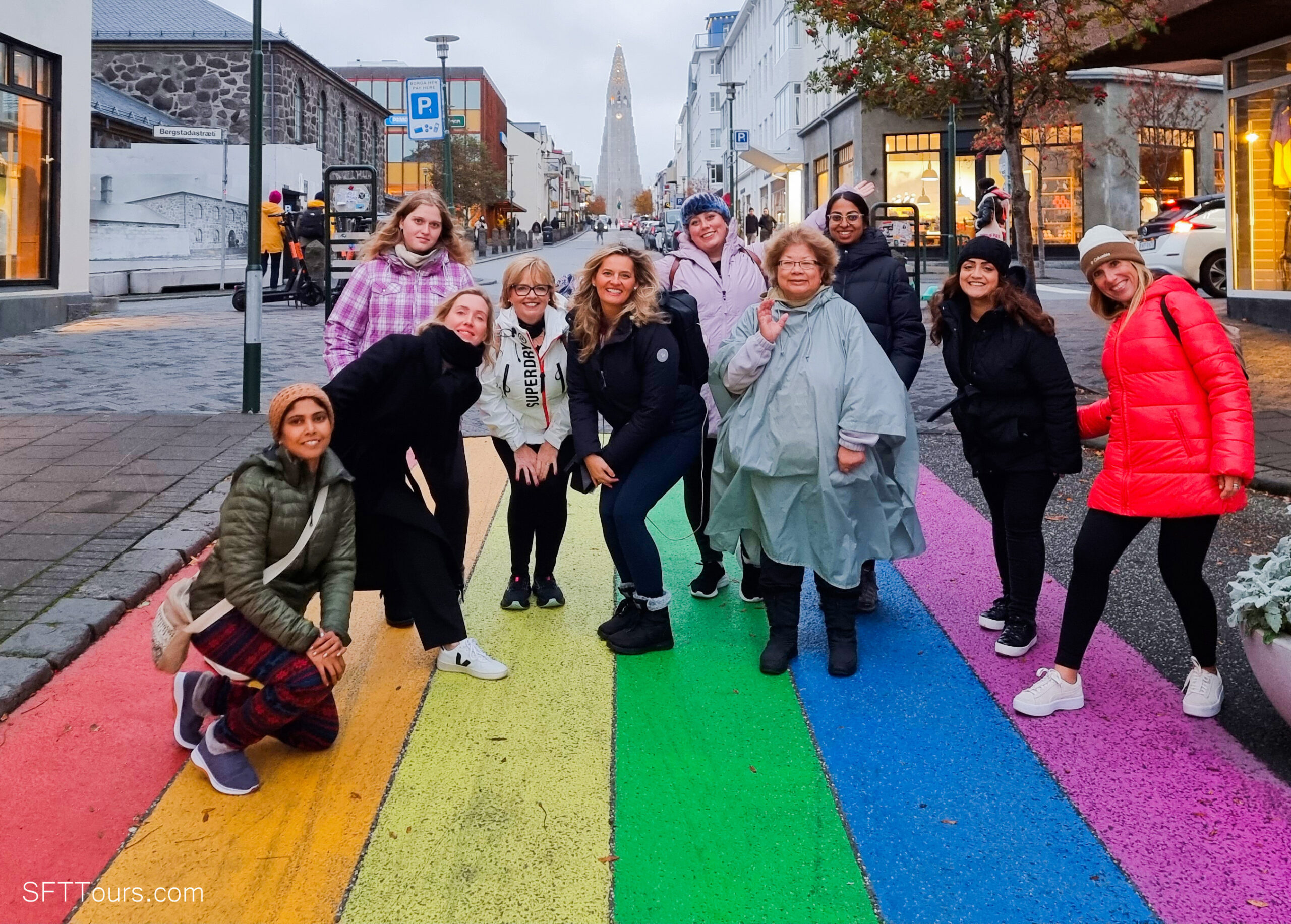Wondering what to pack for our trip to Iceland in October?
In this article you’ll find an intro to the weather in Iceland in October and a handy list of suggestions for things to bring.
Generally speaking, October is transition and low-season month. That means there are fewer tourists at the major attractions (and this is why we picked this month) and the weather can change within minutes, from sunshine to rain to sunshine again, and then end up in snow.
This makes for dramatic photographs (imagine the black sand beach covered in snow or the falling snowflakes with the volcano’s lava flowing in the background), incredible experiences but also frustration and discomfort if you are not adequately prepared.
See our Amazon Iceland winter packing list with all the product recommendations mentioned here.
The weather in Iceland in October
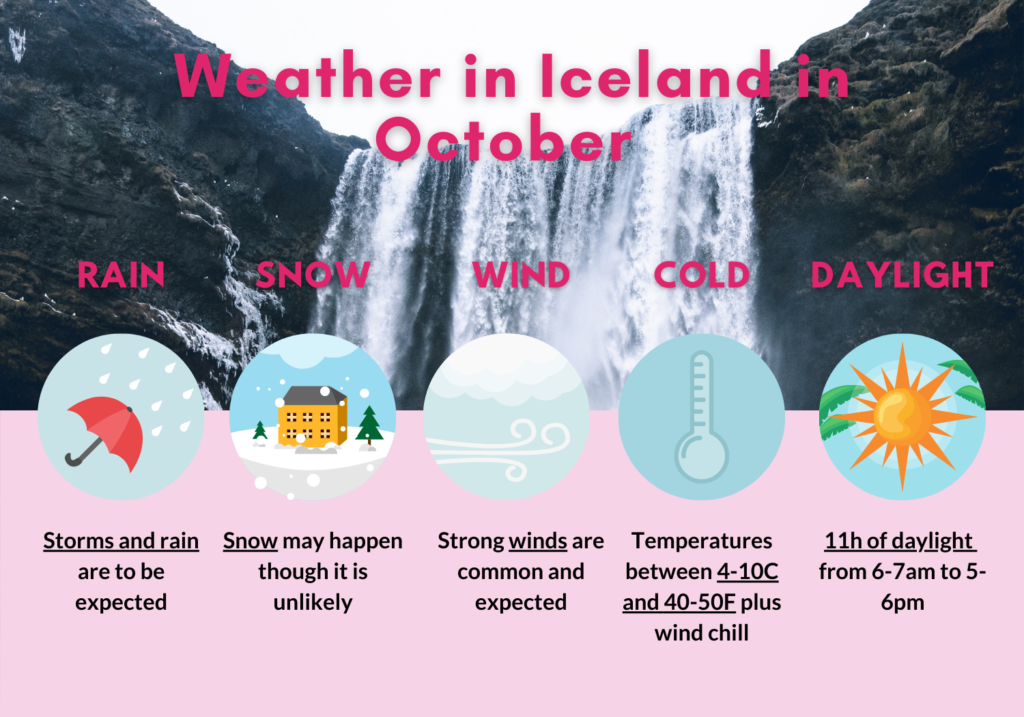
October is a great month to visit Iceland if you are keen to see the Northern Lights since the chance of seeing them is greatest between September and March. The days get shorter and the nights darker and this is what creates the perfect conditions for the Auroras to shine.
Iceland sees about 11h of daylight in October with the sun rising at around 7:30am and setting at around 6:30pm. Our trips happen earlier in the month so you should expect the days to be a bit longer than this.
This means there are enough hours of daylight for us to go explore while enjoying dark evenings and nights that, should the weather and cloud coverage cooperate, would allow us to see the lights.
October is a transition month, the same way Fall months are everywhere around the world. That means that the weather is unpredictable.
You can enjoy 4 seasons in a day and snow is not unheard of, although rain is far more common, strong winds are a regular appearance, as they commonly are at any time in Iceland.
Temperatures in October will hover between 4 and 11 degrees Celsius, or 40 to 50 degrees Fahrenheit, so warm clothes are necessary, especially because the cold wind makes it feel much colder than it actually is. Towards the second half of the month, you should expect snow.
All of the above means that you need to pack for all weather, all terrain and all temperatures. Water-proof jackets, shoes and layers are a must. If, like me, you are prone to getting cold, you should pack extra warm clothes and body warmers (more on that later).
What to wear in Iceland in winter
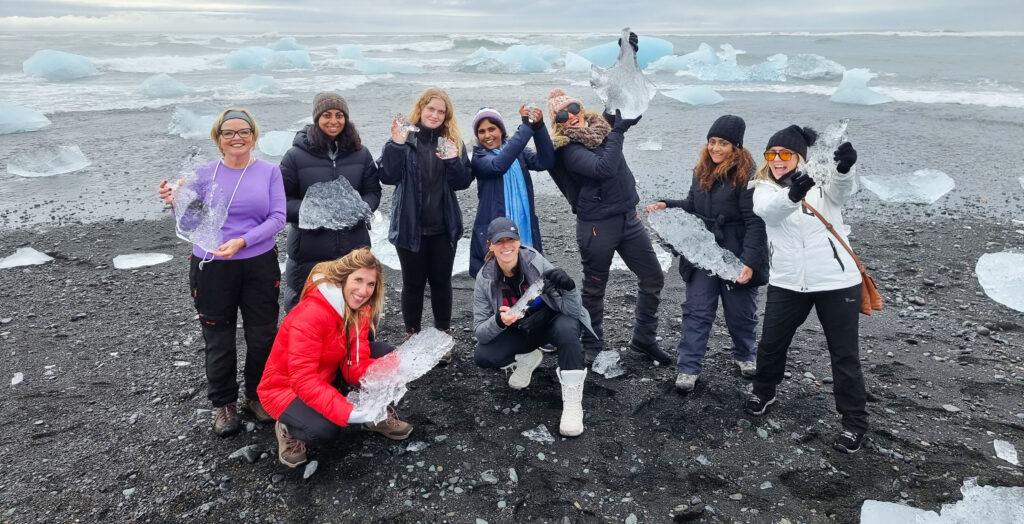
Below is a list with suggestions for what to wear in Iceland in winter (even though October isn’t the dead of winter yet, real cold is yet to come!). Further down, you will also find a list of other things to bring specifically on our tour.
The most important factor when deciding what to wear in Iceland is the concept of layering. This applies to traveling to any cold-weather country, but is particularly important in Iceland in Fall and Spring when the weather is extra unpredictable.
At the minimum, you need a base thermal layer, a wool sweater and an outer layer top or waterproof jacket. More layers, for example a vest or a short sleeved t-shirt, are not a bad idea either and can be useful if you usually get cold.
Even in posh restaurants (like during our welcome dinner), casual is king in Iceland and everyone dresses for the weather. A nicer outfit may be good for welcome and farewell dinners but otherwise, athleisure and sportswear work best.
The other critical consideration after layering is that your outer layers should be waterproof, and, ideally, wind proof. The wind can make temperatures feel like they are 10 degrees lower than what’s shown on the mercury and wind-proof clothing will keep you extra warm.
Thermal base layer
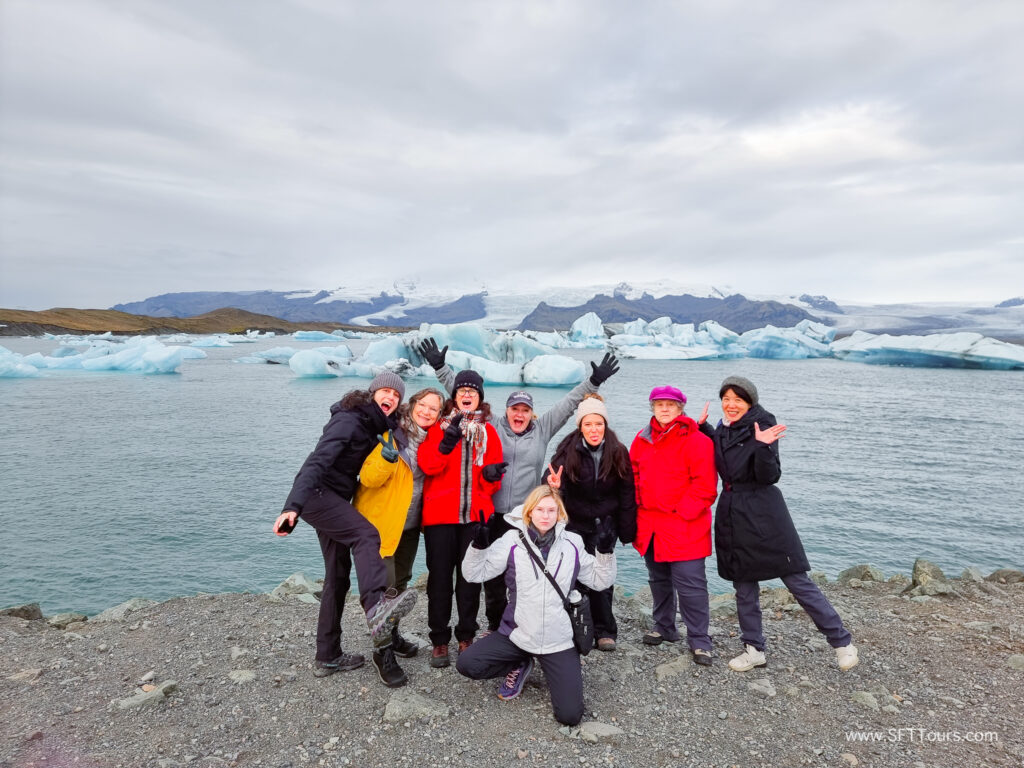
You want to wear a light base thermal layer that is closest to your skin. For this, I highly recommend considering merino wool clothes that repel odors, keep you warm and avoid you getting sweaty from the constant change in temperatures (cold outside, warm inside the van).
Merino wool clothing is expensive, but it will last you a lifetime. It requires less washing (good for you and for the environment), it is very light (less packing), regulates heat so you sweat less, is natural (rather than made with chemicals) and if it keeps sheep warm in the coldest of weathers, it can also keep you warm!
Clothing made from merino wool is usually sold based on the thickness, I find that 175gr is good for the type of weather I will encounter in October and May, but you can decide what’s best for you depending on how many layers you plan to wear and how prone you are to feeling cold. Some of my merino wool layers are 400gr.
I particularly like the Kiwi brand Icebreaker, which is made of sustainable merino wool. I have worn their products in Iceland and other cold / all-weather / windy destinations like the Faroe Islands. Luckily, they are widely available on Amazon so you should have no issues finding them. They are also often available at outdoor stores.
Whether you decide to pick a thermal top only or a thermal top and bottom layer depends on how cold you normally get. I like to wear merino leggings under my pants, unless they are fleece-lined ski pants. There, I said it!
This may be an overkill to many of you who are used to 4 seasons and winter weather, but after living in tropical weather for 16 years, I don’t tolerate the cold very well and merino wool’s ability to regulate means that I am never too hot even wearing leggings.
Top layer
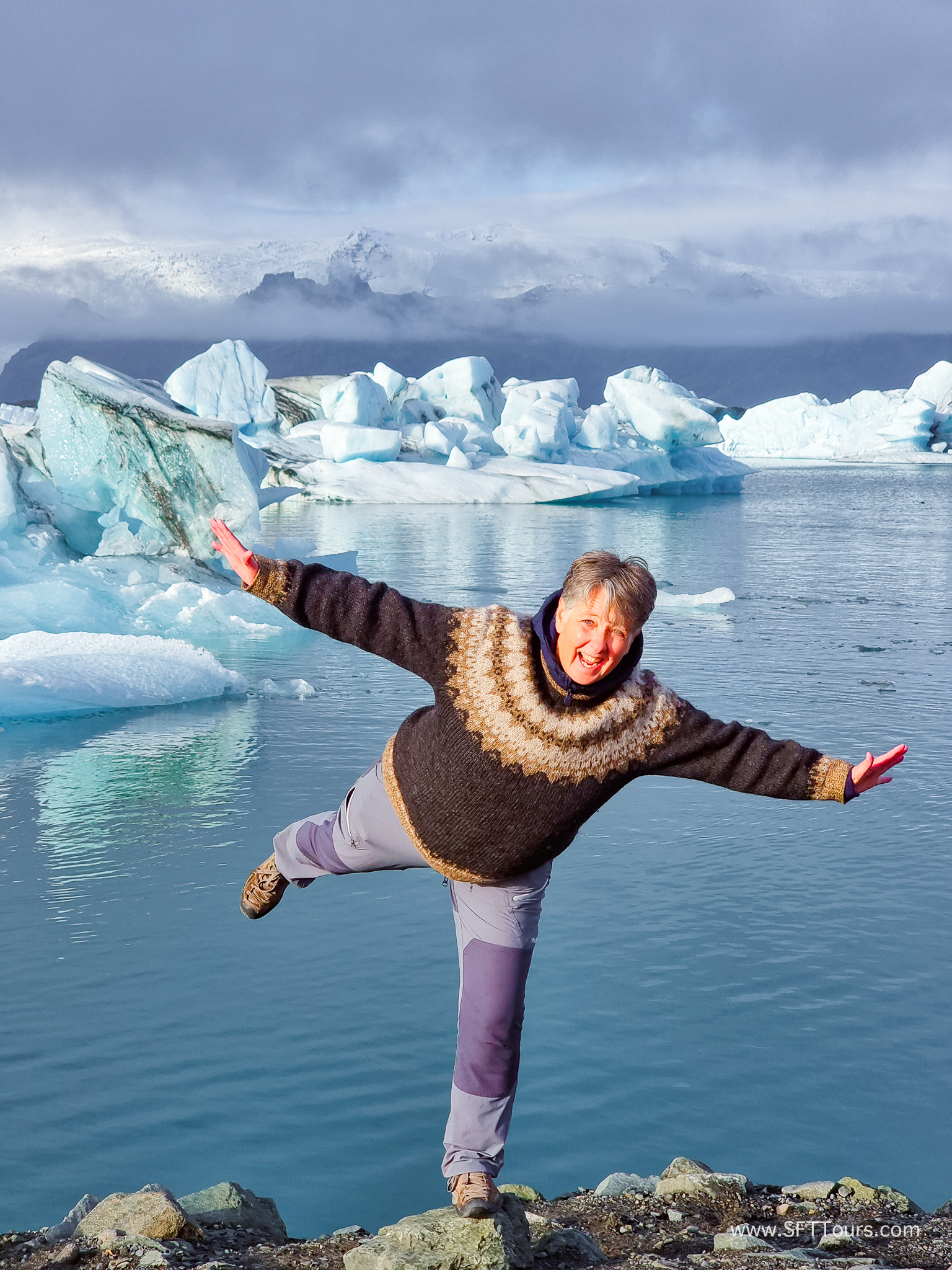
After the base thermal layer, you need a proper sweater or fleece jacket (or both). Icelandic people wear thick knitted wool sweaters called lopapeysa that you can purchase as a souvenir anywhere in Iceland or on Amazon from Icelandic brand Icewear.
They are the typical Nordic-looking sweaters that you often see in Christmas movies, only with nicer patterns. Like the one worn by our guide Sigga in the picture above.
I recommend this layer be high up on the neck to keep it warm, even if you will still wear a scarf on top, nobody likes to get a sore throat. Icebreaker also has great options here, but any warm wool sweater will do.
If you are not a fan of wool, fleece jackets are also a great alternative, soft and thinner while still quite warm.
I particularly like the fact that they have pockets so I can keep small items like lip balm or tissues.
Outer layer
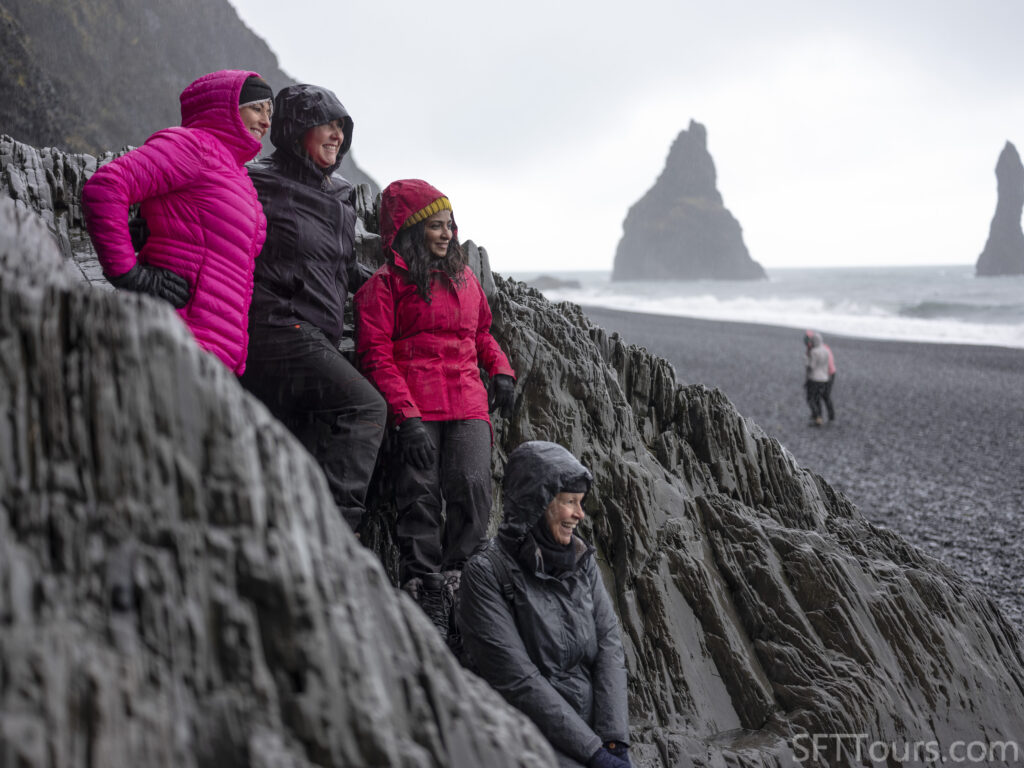
The most important consideration when choosing an outer layer for Iceland is for it to be warm, waterproof and windproof, and for it to have a hoodie that you can put over your hat.
Rain will occur, that is almost a certainty, and umbrellas don’t work when the wind is blowing in the epic ways it does in Iceland, so a waterproof jacket is a must. Water resistant clothing is not enough if you are walking in the rain for an hour or longer, so make sure your jacket is waterproof.
Everyone has their favorite jackets, but I find that the proper adventure and outdoor brands with Gore-Tex do this best because they are conceived with the needs of a trip to Iceland in mind, even if you don’t plan to go on an active trip.
I also recommend for the jacket to be rather long like this one, ideally reaching just above your knees, so that your legs don’t get wet, and for it to have a hoodie so your head stays warm.
Additional layers
I always add a couple of tank tops and t-shirts to my suitcase which I wear under the base layer.
I also like to pack a vest, especially those made of fleece, down or wool. These add a layer between the sweater and the jacket while not restricting movement of the arms.
Trousers
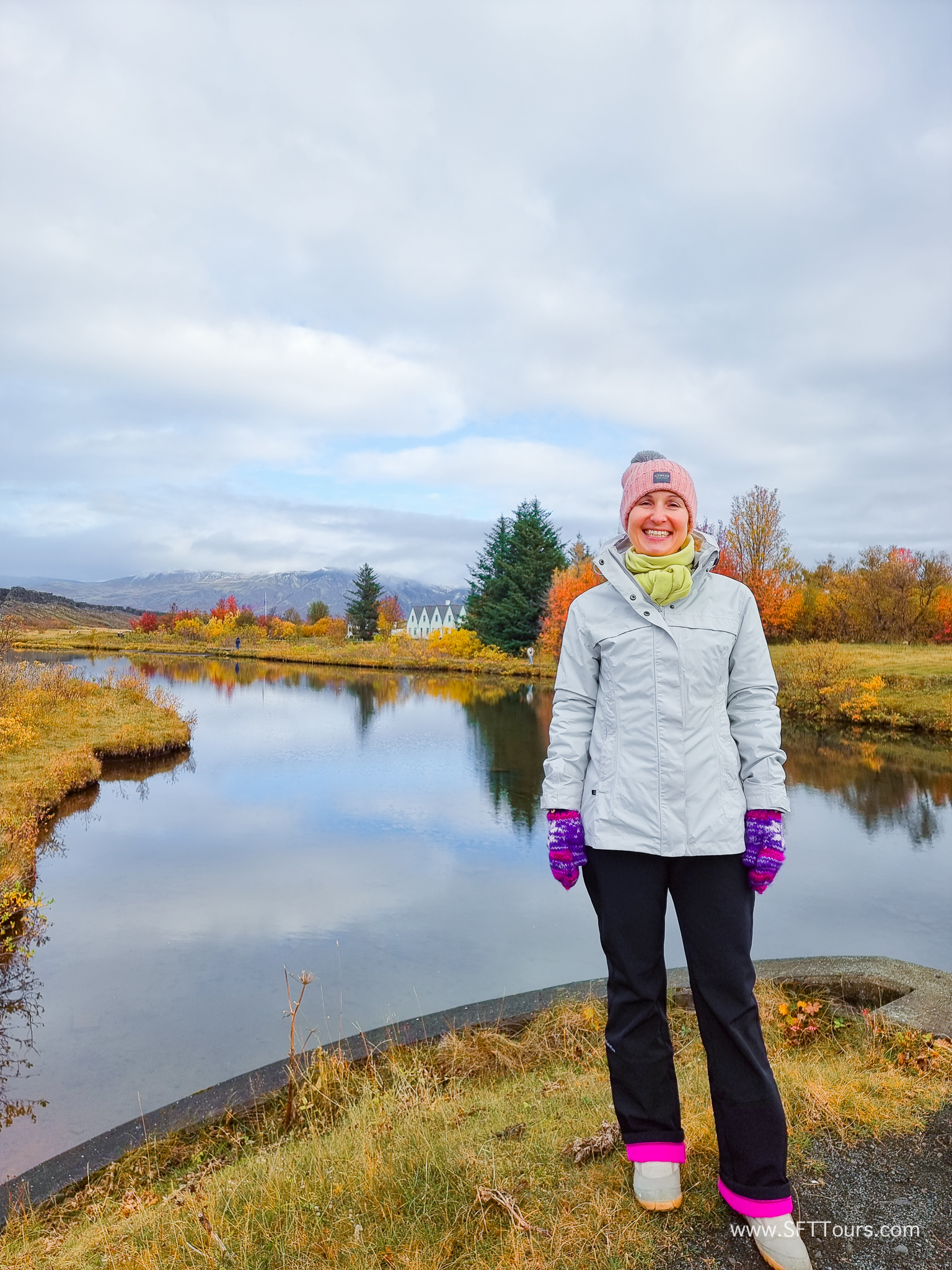
Besides the top layers and jackets, you should also consider bringing warm, waterproof, or at least water resistant or water repellent, hiking trousers like these best selling ones. Ski pants are appropriate and useful if you have them.
Besides the waterproof pants, I also recommend packing a lighter pair of trousers, joggers (I have a pair of these ones I wear for travel) or a pair of classic jeans that you can wear to dinner at the hotel and which are less bulky or warm.
Inside buildings, it is pretty warm in Iceland. This may also be the trousers you wear on the plane on your way to Iceland if you want to pack light.
If you are exploring in Reykjavik after or before the trip, you may find regular pants enough as you will be in and out of museums, restaurants, etc. and thus not outside for long periods of time.
Clothing accessories
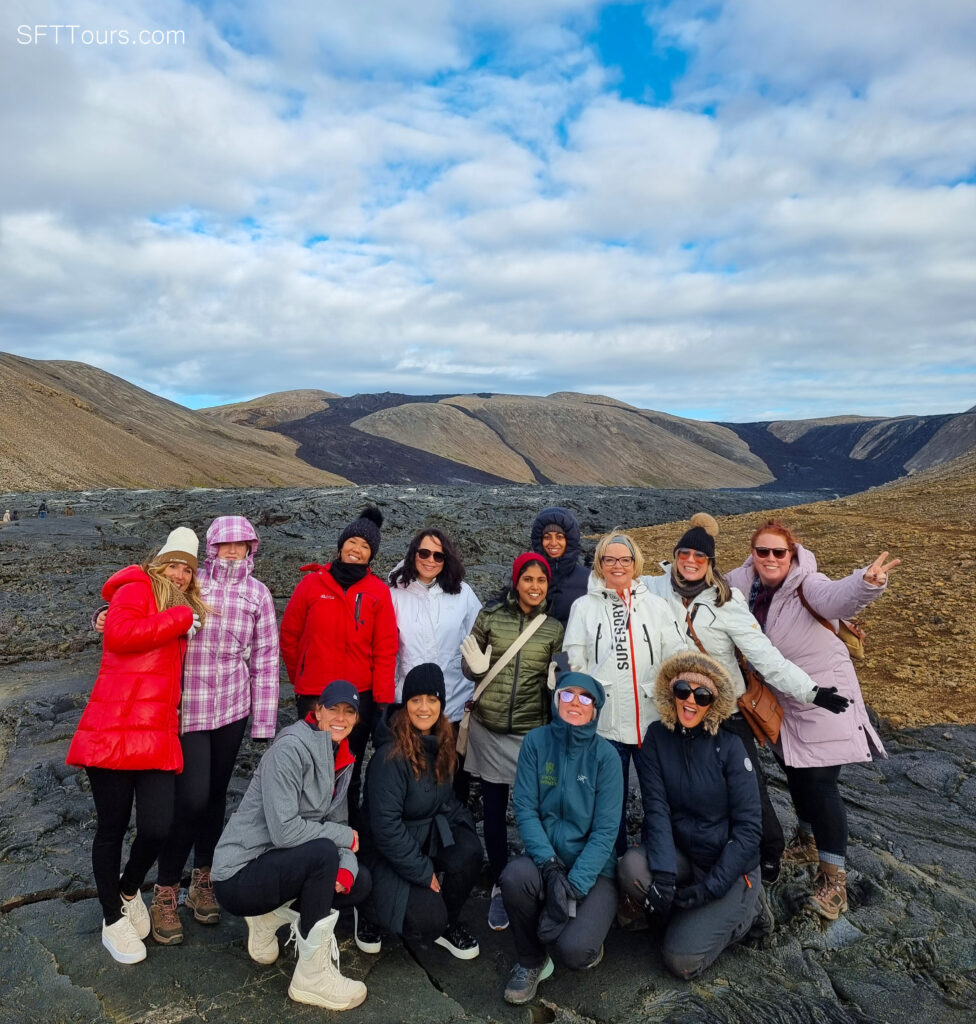
The clothing accessories you wear are arguably as important as the layers. I recommend you pack a few additional items to stay warm:
- Gloves: You need hardcore winter gloves for Iceland or you won’t be able to take your hands off your pockets, not even to take a photo. I recommend a pair of fleece-lined waterproof gloves like these ones.
- Scarf: Even if you are wearing high neck layers, a merino wool scarf can add that extra warmth and protect your face from the wind and chill.
- Hat: Very important to keep your head warm, especially if it starts snowing. I like Icebreakers’ merino wool beanie hats, but I am also partial to the nice knit beanies, especially the fleece or fur-lined ones. Skip the hats with pom poms which may not fit under the hoodie.
- Wool / thermal socks: They will make sure your feet stay warm all the time. I like to pack thick and tall ones that also keep our feet from blistering.
- Underwear and sports bras: Since you will be enjoying a relatively active trip, you may want to consider packing sports bras instead of regular wired bras.
- Waterproof bag: If like me, you also prefer to put all your belongings in your pockets when you stop at each of the road trip stops, you may not need a waterproof bag. But if you have expensive camera equipment or want to bring more things with you, I recommend packing a waterproof bag, a waterproof bag cover to put over yours or a waterproof bag pouch that you can wear around your waist or even inside your jacket.
Footwear
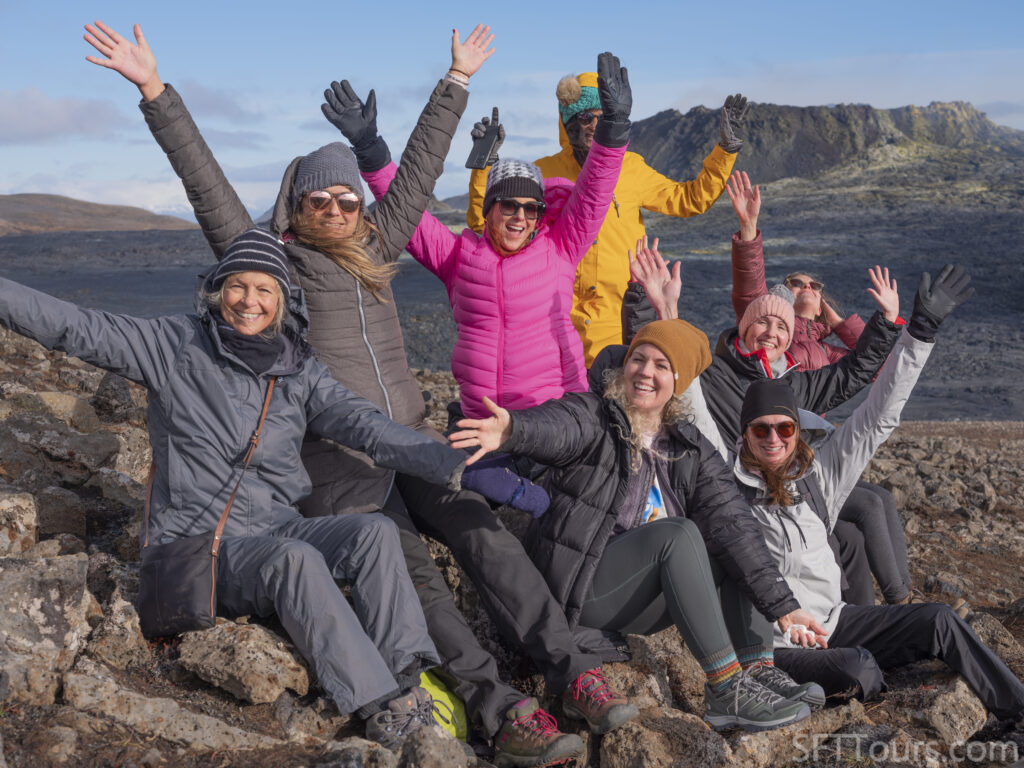
Keeping your feet warm and dry is essential so I recommend you think well about your footwear.
In particular, I recommend wearing a waterproof warm pair of high boots like these ones that many of our guests have used and loved. Alternatively, check out this pair of Columbia snow boots.
On most of the stops and sightseeing opportunities, you will be walking on paved and well maintained paths but they can be slippery because of the rain or ice.
If you are buying a new pair of boots, I recommend you break them in and wear them out before the trip so they don’t cause blisters. Better yet, consider borrowing a pair from a friend if you don’t think you’ll be using them again.
Last but not least, a good pair of sneakers will be helpful on the days where you are simply walking around a museum or hanging out at the hotel. You could choose a more versatile and athletic pair like these which will be useful if you want to hit the gym, or a comfortable but chic option like these.
As mentioned before, Icelanders are very casual so even a pair of sneakers will do, you don’t have to wear heels or fancy shoes.
Bathing suit
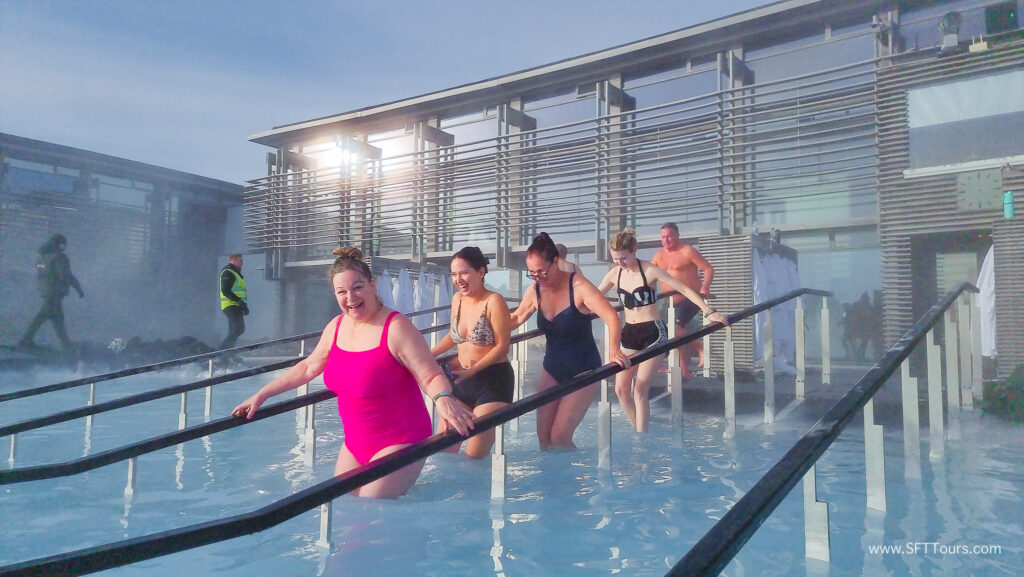
Chances are you will be going to the Blue Lagoon during your time in Iceland, like we do, and you’ll need a bright bikini or a swimming suit. You’ll also want to check out the many other thermal spas and heated outdoor pools at hotels.
We stay at ION Adventure Hotel, which has an outdoor heated pool that is simply divine, and Foss Glacier Lagoon which has outdoor thermal tubs with views over the incredible landscapes around, so don’t forget your bathing suit!
If you are booking the premium package at the Blue Lagoon (like we are), you will be given sleepers and bathrobes. Otherwise, bring your own towel.
Other items you should pack for Iceland
Besides clothes, there are a few other things you should bring to Iceland.
Besides packing the right clothes, there are a few others items you should include in your Iceland packing list, below we list a few handy ones:
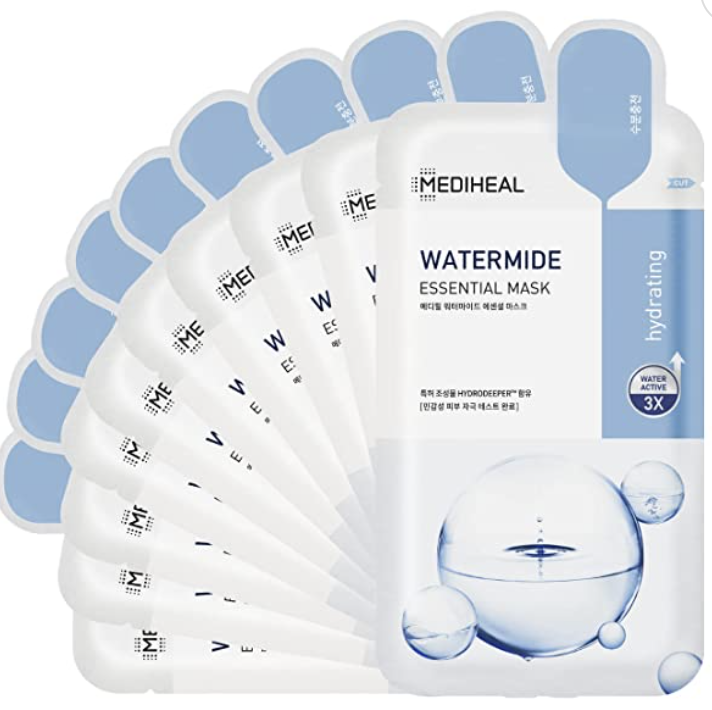 | Moisturiser: Like with your body, your face will need to stay hydrated in the crazy weather. Extreme changes in temperatures, wind, sun, cold, rain and even snow can make your skin really sensitive and in need of proper moisturising. I recommend you pack the heavy duty stuff and complement it with a sheet mask, the best self care routine for the evenings, right after soaking in the thermal pools of our hotels. I like Korean sheet mask brand Mediheal. |
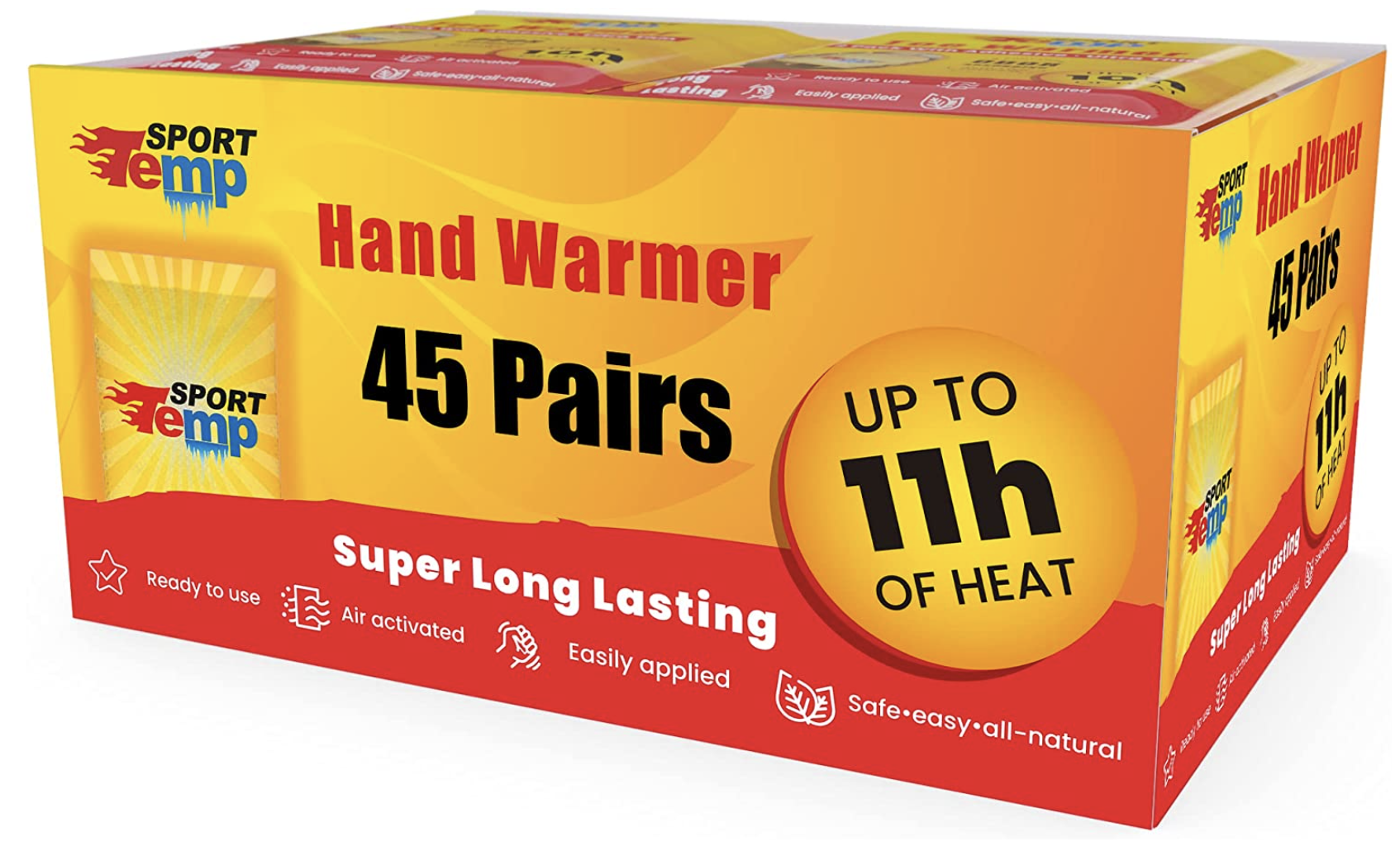 | Hand and feet warmers: I swear this is what got me through the real freezing winter trip to Iceland. They work much like the heat pads used in case of an injury only they are much more powerful. You break the liquid inside and stick them to your shoes insoles, put on really thick socks and keep your feet warm for hours. You can also keep one inside your jacket pockets, but make sure not to touch them with bare hands but always with your gloves on. Check these out. |
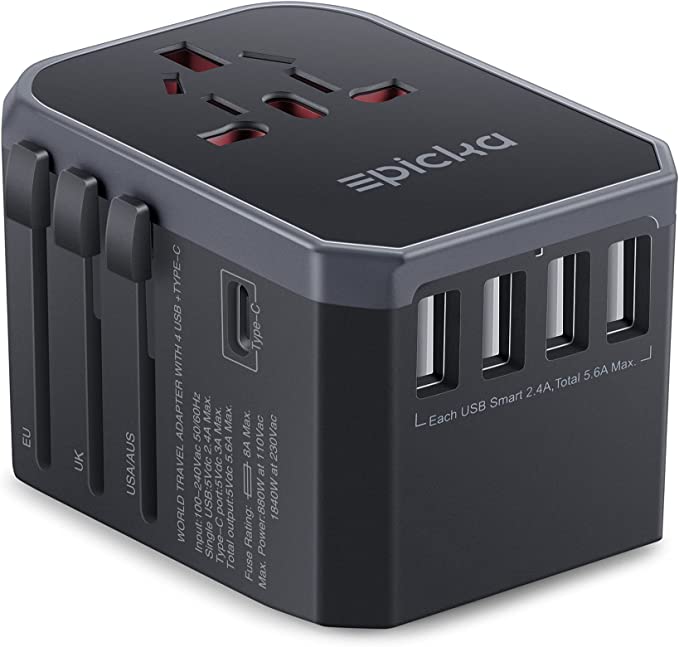 | Universal plug adaptor: The best way to ensure you will be able to use any plugs is by packing a universal adaptor. I like the ones which come with USB ports so that I can charge phones, cameras and everything else with just one adaptor. I love this one because it has USB ports for all the electronics I now carry. |
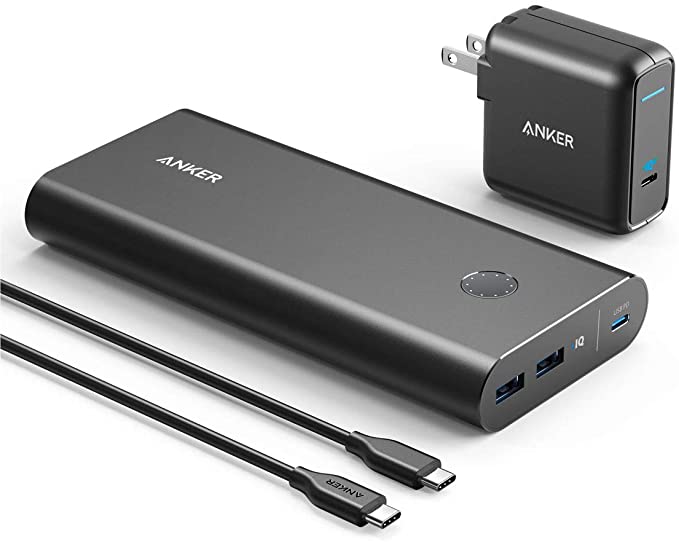 | Power bank: Because the days will be long and you will spend many hours in the car, making several stops along the way, a power bank will ensure you can continue taking photos. I use the incredible Anker 30,000 AMP which is the real deal and can even charge your laptop, but you don’t need something this big, a power bank that can recharge your phone twice is enough. |
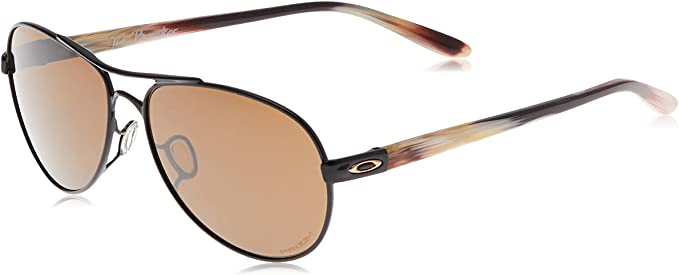 | Sunglasses: I highly recommend you bring a pair of sunglasses even though the sun is rare in Iceland and in winter, it may barely come out. This is because when reflected on the snow, you can get blinded. I like and wear Oakley sunglasses as they are polarised and protect your eyes from any damaging sun rays and from the dust because they usually come quite close to the face. Make sure to pack a cloth to wipe and clean your glasses from dust, a constant battle on safari. |
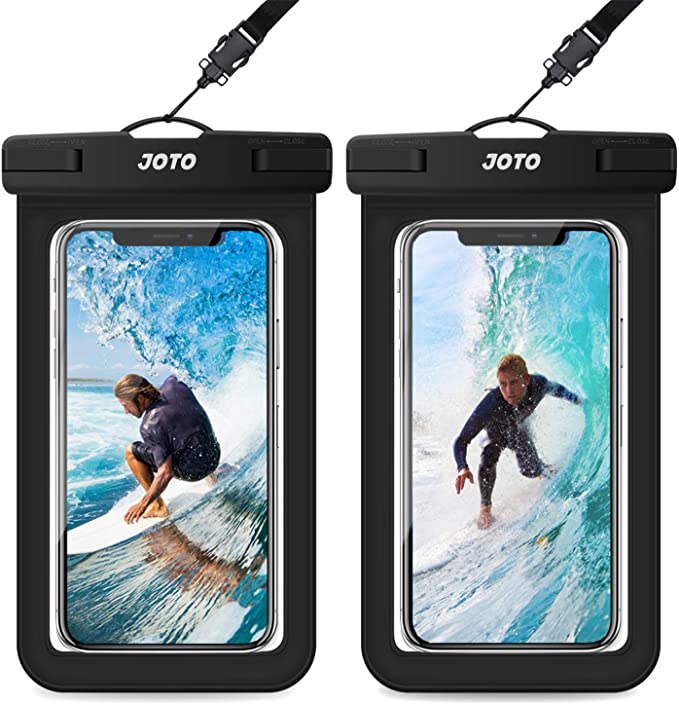 | Waterproof mobile phone case: This one is a commonly purchased one by our guests to Iceland who take it to the Blue Lagoon for pictures. But be sure to put it inside the pouch before you go in and make sure it does not steam, this is what happened to me so it was useless… |
 | Water bottle: Single use plastic bottles are terrible for the environment so I recommend you bring your own reusable bottle as part of our efforts towards zero-waste and responsible travel. Tap water in Iceland is not only safe to drink but also amazingly tasty and fresh, the best you will ever drink. Replenish it on any tap. |
 | Sunscreen: Always important to have some in case the sun is shinning to put on your face. I like and use Japanese Biore SPF 50++++ because you can wear it under makeup and it is non-sticky and silky smooth. |
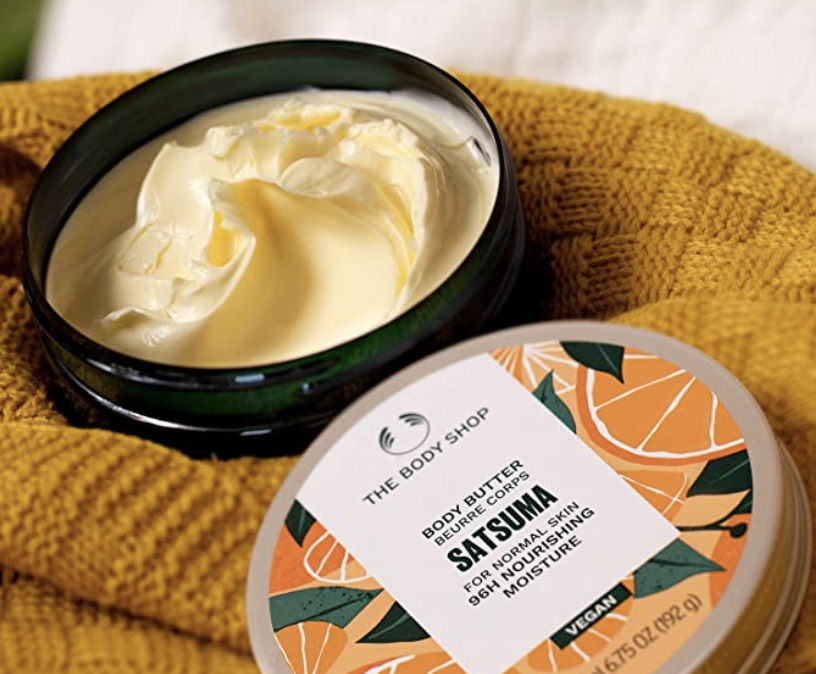 | Body lotion: A must since it gets really cold and windy and the heating can make your skin really dry. The hotels you will stay at provide their own but it might be best to bring your favorite brand. My sister gifted me a Body Shop Christmas Advent calendar that came with many of their products to try and this 96h hydration body butter is amazing. It comes in a flat recycled plastic tub with aluminium lid that’s super easy for travel and anti-spill (I can testify to that since I’ve traveled a few countries with it). |
 | Biodegradable tissue and wet wipes: It’s a good idea to have a small packet of biodegradable wet towels handy to wash after using the public toilets. These ones are specifically designed for outdoorsy people. |
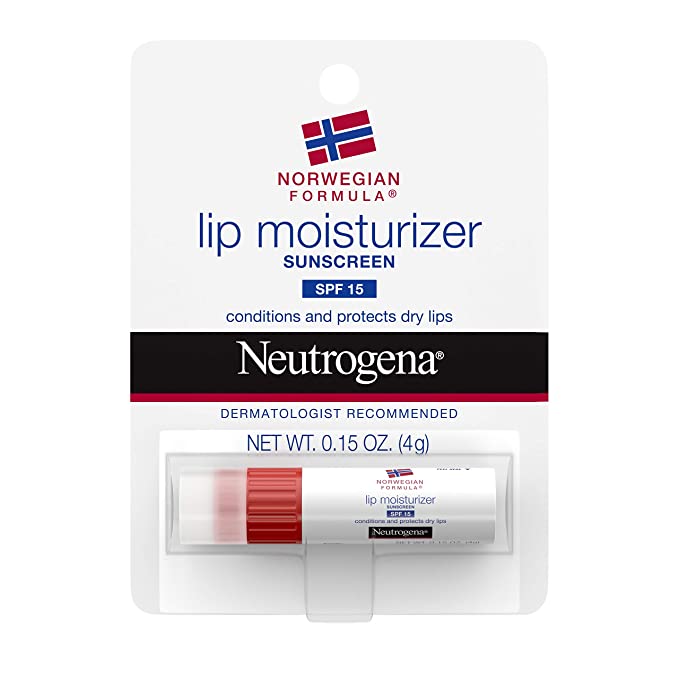 | Lip balm: The sun, dryness and crazy winds of Iceland make it particularly tough for the skin and lips so you should bring a lip balm to stay moisturized. I find these are essential to not end up with completely ruined lips or even blisters. I like Neutrogena for their Nordic formula that tends to heal battered lips overnight and comes with SPF. |
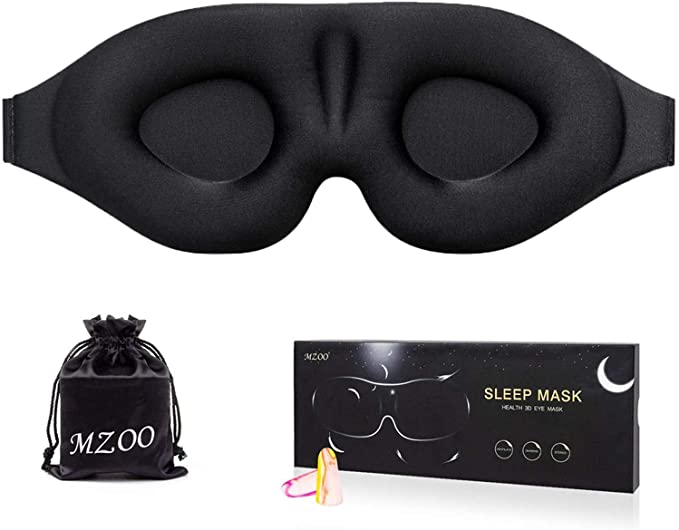 | Sleep mask: Although hotels have proper blinds, you will be sharing the room with another traveler who may be a late owl. Nothing beats Manta Sleep mask to block the sound and light. I have been using mine for a year. For something simpler, bring a sleep mask like this one. |
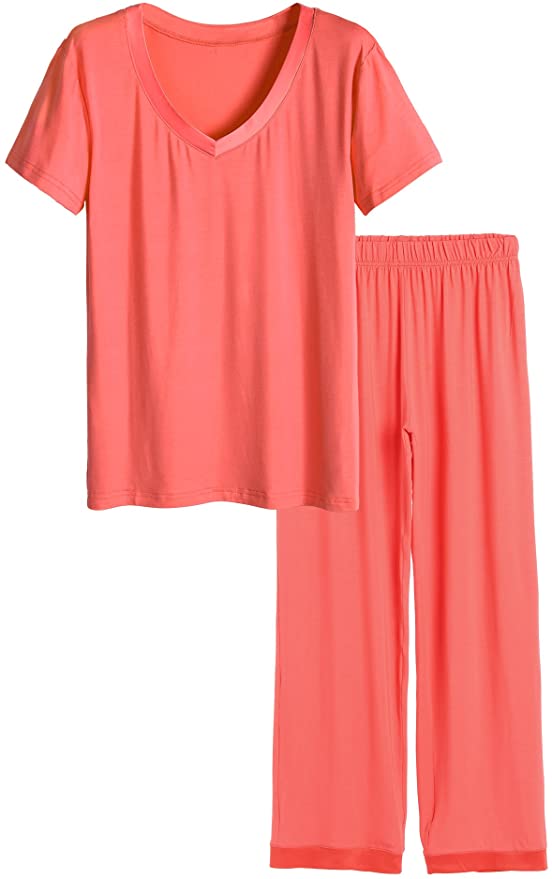 | Pajamas: As mentioned, you will most likely be sharing a room so don’t forget to pack your pajamas! Here’s a comfy choice from Amazon. |
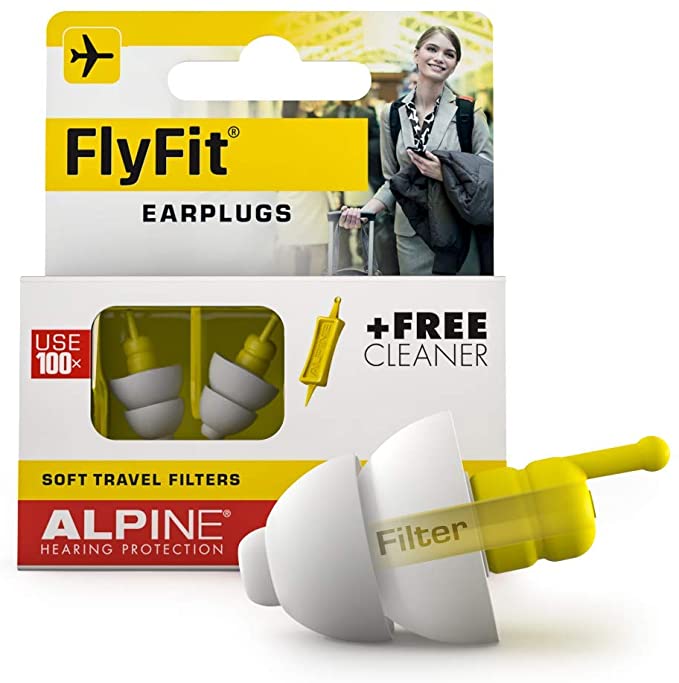 | Ear plugs: If you are a light sleeper, a pair of ear plugs can help you sleep better though Iceland is a very quiet destination. Check out these from Amazon. |
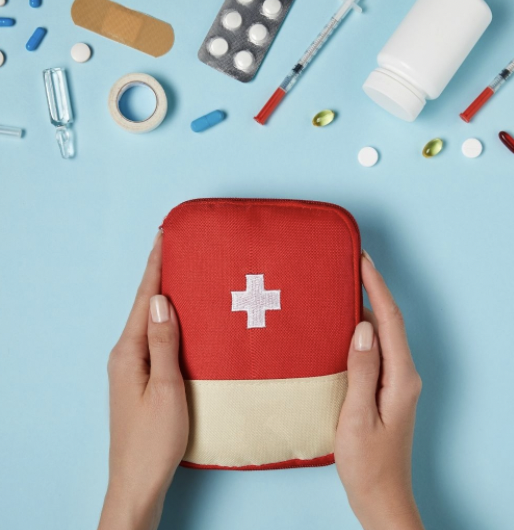 | First aid kit and medication: Available medications, brands and products in Iceland may not be the same back home so it’s always best to bring everything you are used to and of course, all prescription medication or vitamins you take. I also recommend packing a basic first aid kit with items such as painkillers, plasters and antiseptic ointment, motion sickness tablets, antihistamines, electrolyte powder in case of diarreah plus any other tummy ache related tablets or medicines your doctor may suggest (antacid, diarreah tablets, etc.). See our First Aid Kit list here. |
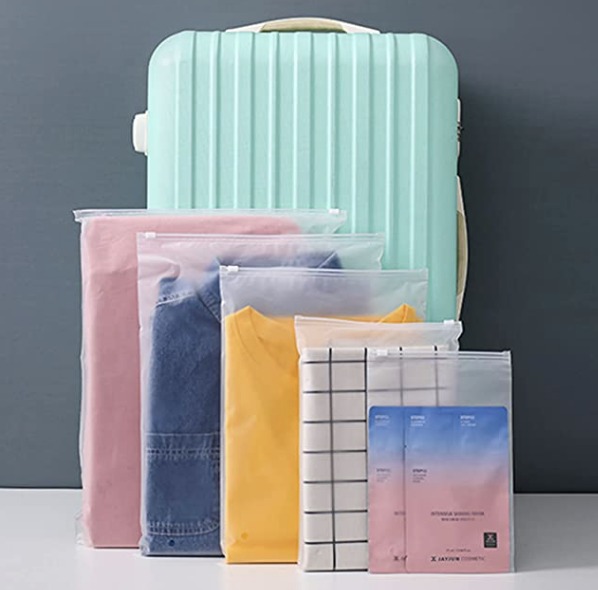 | Large ziplock bags: These reusable ziplock bags can be useful to put dirty shoes in or wet swimming suits after the Blue Lagoon. |
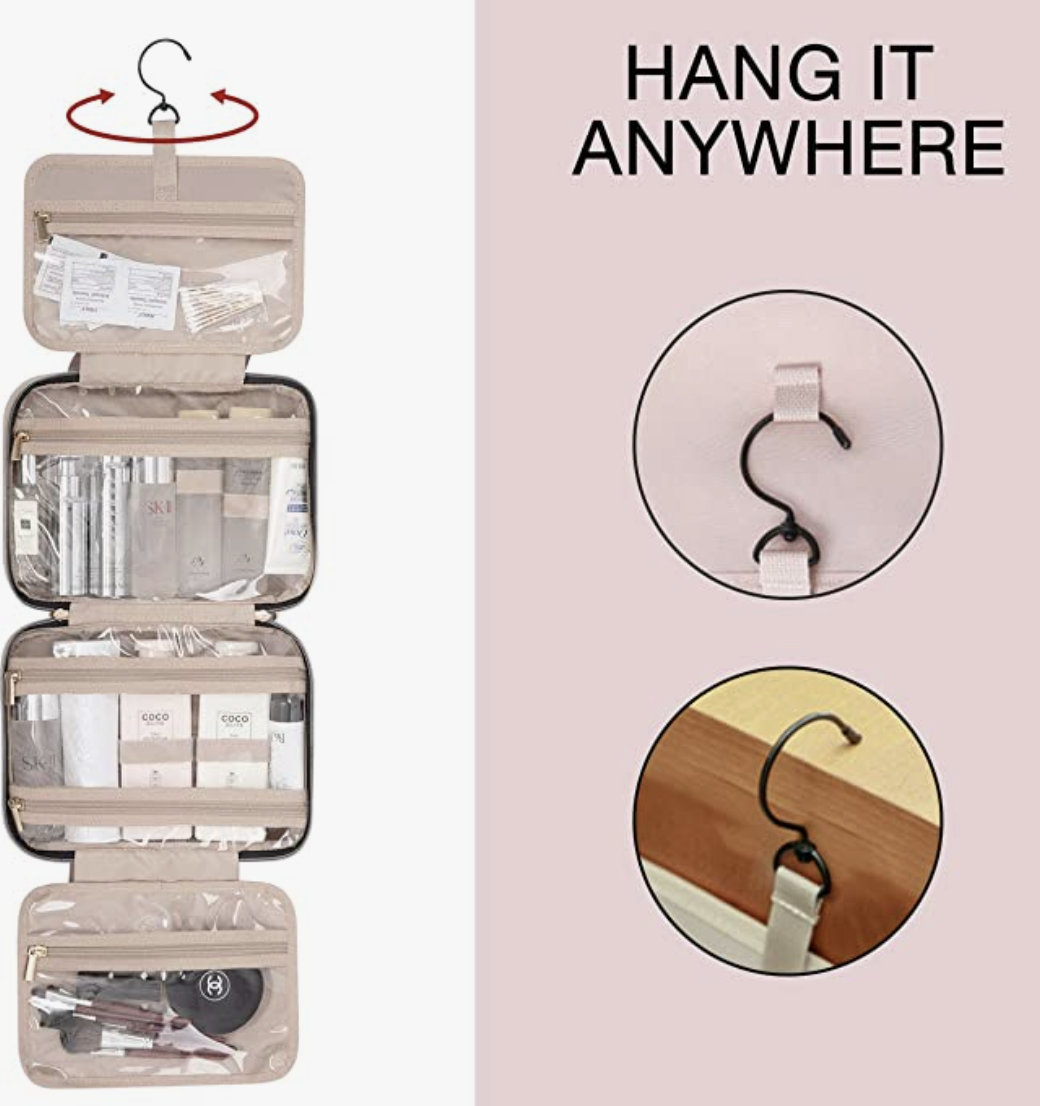 | A foldable toiletry bag: I always travel with a foldable toiletry bag which I can hang anywhere. You will be moving around a lot on any trip to Iceland because of the fact that most people visit on a road trip, so you save on packing and unpacking. They also help you keep everything easy to find and tidy. This one is very cute. |
What not to bring to Iceland in winter
Because of how crazy variable the weather is in Iceland in the winter (and summer for that matter), there are a few things that you should leave at home:
- Heels: They are really pointless, the risk of slipping on the ice, getting your feet wet in the rain or breaking a leg while walking on the snow outweigh any upsides from wearing heels, I would leave them at home.
- Umbrellas: It is so windy that umbrellas are pointless. Wear a waterproof jacket and pair of trousers instead.
- Hair dryers: All hotels have them because you can’t really go out with your hair wet, so you don’t have to bring one.

